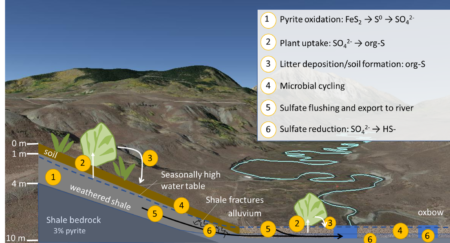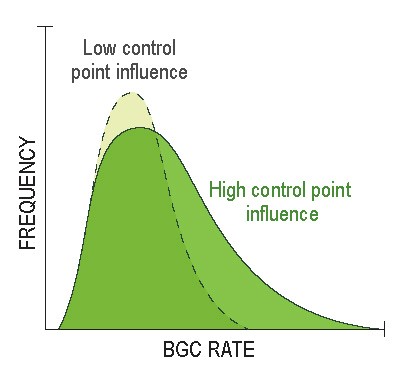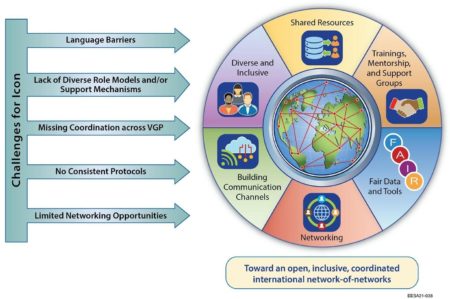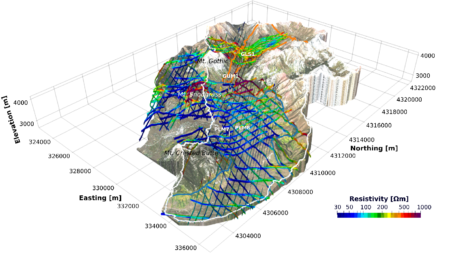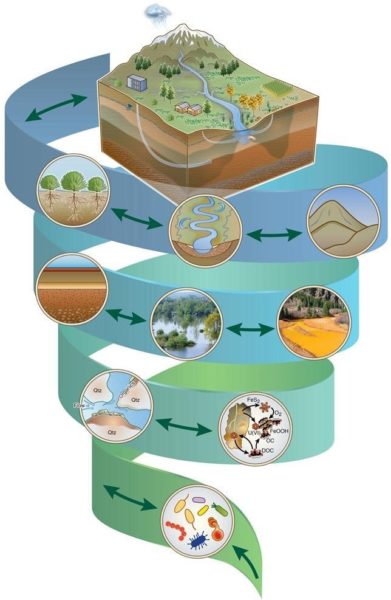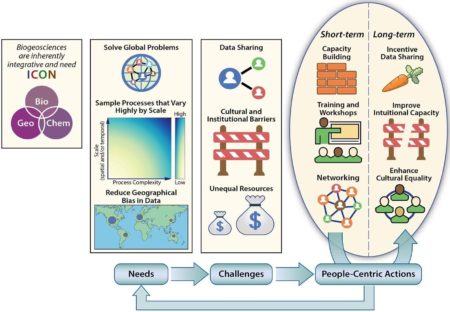
Jill Banfield. Photo by Elena Zhukova. (Image taken from the UC Berkeley website)
Jill Banfield has been awarded the 2023 van Leeuwenhoek Medal for her contributions to the understanding of microbial communities and interactions between microbes and the environment. Her work at Old Rifle, East River, and many places beyond has been both groundbreaking and instrumental to understanding environmental processes catalyzed and controlled by microbial activity. Read more »
 EESA Research Scientist
EESA Research Scientist 